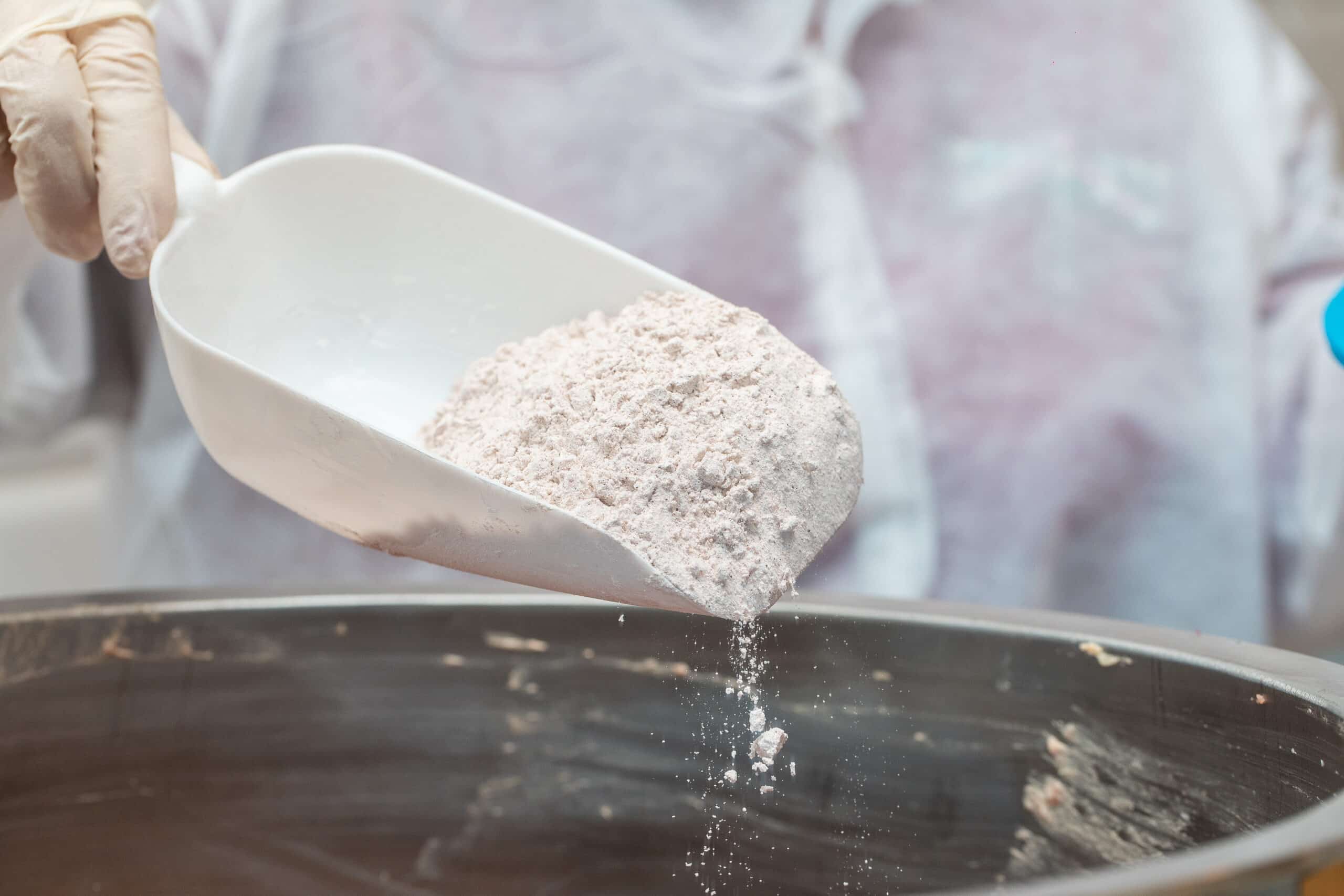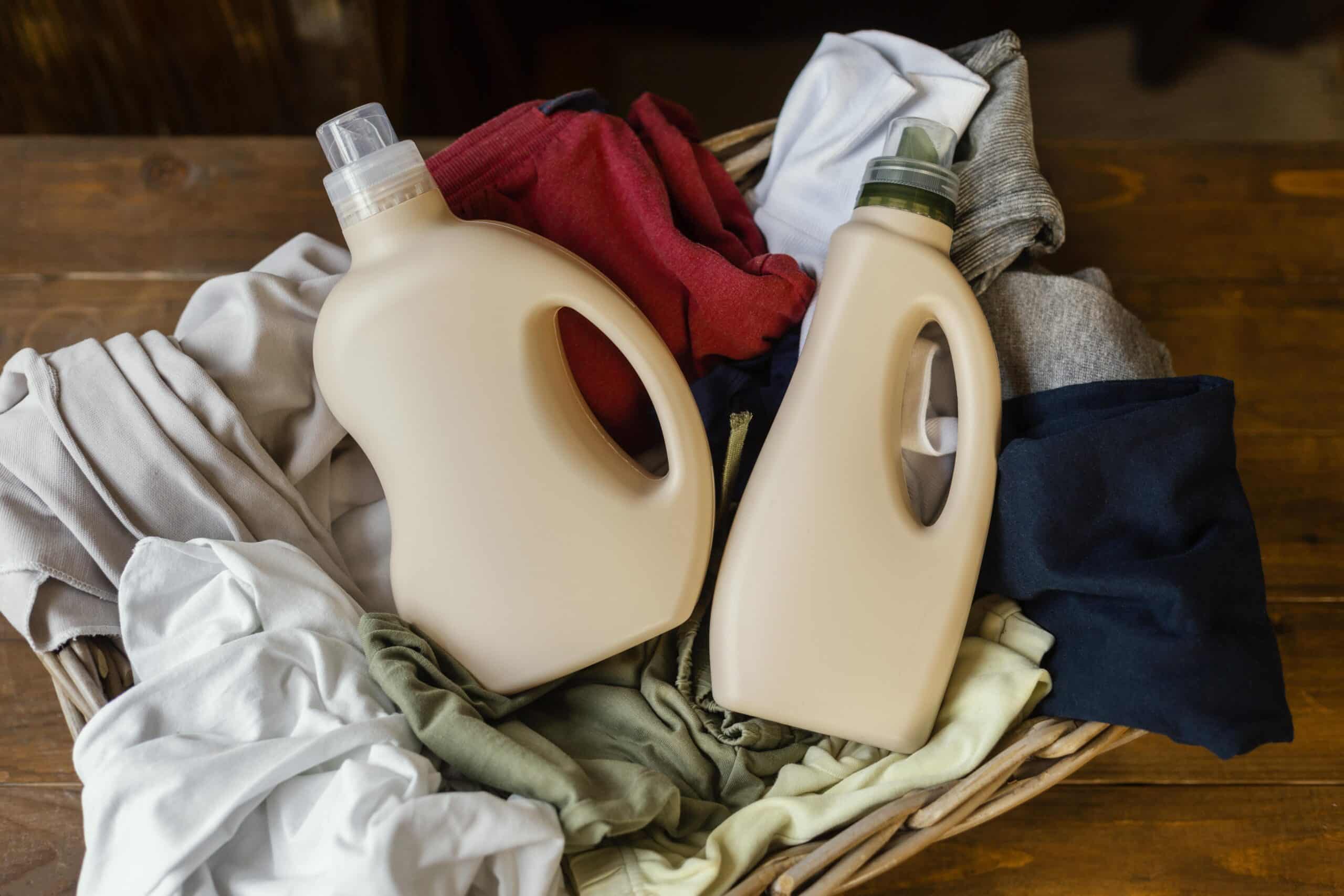Starching clothes is an age-old technique that helps maintain crispness and structure in garments, giving them a polished and professional appearance. Whether it’s for your shirt collars, linen napkins, or cotton dresses, starch can be an excellent tool for keeping your clothes looking fresh. In this guide, we’ll walk you through seven powerful ways to use starch for clothes, including both powder and liquid starch options, and tips for doing it at home.
What Is Starch for Clothes?
Starch is a carbohydrate substance that comes in various forms, such as starch powder or liquid starch, and is used to stiffen fabrics. Starch can be purchased in two primary forms: starch powder for clothes and liquid starch. While both serve the same purpose, each has its own application method. Using starch properly not only enhances the look of your clothes but also helps in prolonging their life by preventing wrinkles and keeping them looking neat throughout the day.
Types of Starch for Clothes
1. Starch Powder for Clothes

Starch powder for clothes is typically used for heavier fabrics like cotton and linen, and it’s perfect for garments that require a lot of stiffness. This form of starch is versatile, and it can be easily mixed with water to create a solution that’s ideal for various clothing items. To use it, you’ll mix the powder with warm water, and then apply it to your clothes.
Starch powder is especially useful for garments that need a very crisp and structured look. This is why it’s commonly used for dress shirts, blouses, and other cotton items. The powder-based starch gives these fabrics a firmer texture, making them hold their shape for longer periods of time. The added benefit is that starch powder helps in reducing wrinkles, keeping the fabric smooth and fresh even during long workdays or events.
2. Liquid Starch for Clothes

Liquid starch for clothes is a convenient option for those who need a smoother application and a consistent finish. It’s ideal for lighter fabrics or for clothes that only need a moderate amount of stiffness. Liquid starch is ready to use and can be applied directly to the garment, providing even coverage.
Liquid starch is perfect for fabrics that don’t need a heavy starchy finish but still benefit from a crisp texture. For example, it’s often used for delicate linens and softer cotton items, as it won’t overly stiffen the fabric but will still help maintain a neat, clean look. It’s also more efficient for those who are in a hurry since it doesn’t require mixing with water.
How to Starch Clothes at Home
If you want to starch your clothes at home, the process is easy and inexpensive. You can use either starch powder or liquid starch, depending on your preference. Here’s a step-by-step guide on how to starch clothes at home.
1. Preparing the Starch Solution
For starch powder, begin by mixing the powder with warm water in a container. Typically, the ratio is about 1 tablespoon of starch powder for every 1 cup of water, but you can adjust this based on how stiff you want your clothes. Stir the solution until the powder is completely dissolved.
For liquid starch, simply pour it into a spray bottle or basin, depending on the method you prefer. Make sure you follow the instructions on the liquid starch bottle, as some types may require dilution.
2. Applying Starch to the Clothes
Once your starch solution is ready, apply it to your clothes. If you’re using starch powder for clothes, you can either soak the garment in the solution or spray it on. If you’re using liquid starch, spray a light, even layer on the fabric.
You can also choose to iron the clothes directly after spraying the starch. Ironing helps activate the starch, allowing it to bond better with the fabric fibers, resulting in a crisper, more defined look. Applying starch before ironing ensures that the finish is even, and the fabric will hold its shape for longer.
3. Drying and Ironing
After applying starch, allow the garment to air dry partially or hang it up to dry. Then, iron the clothing while it’s slightly damp to achieve a crisp finish. If your clothes are completely dry, you can lightly spritz them with water to make ironing easier. Ironing with starch helps give the fabric structure, reducing wrinkles and adding an appealing sheen to the material.
Make sure your iron is set to the appropriate temperature for the fabric type, as too much heat can scorch the starch and create an undesirable finish. As you iron, you’ll notice how the fabric becomes stiffer, and the crispness of the garment improves dramatically.
Starch for Cotton Clothes
Cotton is one of the most commonly starched fabrics, as it absorbs starch well and can maintain a crisp texture for a long time. Starching cotton clothes, such as shirts, tablecloths, and napkins, helps them look neat and structured. Here’s how to starch cotton clothes effectively:
- Spray a Light Mist of Starch: For cotton garments, lightly mist them with your starch solution to avoid over-saturating the fabric. If you need more stiffness, apply more starch, but remember, a little goes a long way.
- Iron Immediately: Cotton clothes tend to wrinkle easily, so iron them as soon as they are damp from the starch solution. This will set the starch in place and prevent any unwanted creases from forming.
Starch Powder Uses
Starch powder is not only useful for clothes but can also be used in various other ways, including as a laundry booster and for stiffening fabrics for arts and crafts. Here are some common starch powder uses:
- Laundry: Add a bit of starch powder to your laundry load to give your sheets, shirts, or tablecloths an extra crisp finish.
- Craft Projects: Starch powder can be used in crafts to stiffen fabrics and give them structure for projects like fabric flowers or sculptures.
- Home Decor: You can use starch to stiffen delicate fabrics such as lace or embroidery to maintain their shape for home decor items.
How to Remove Starch from Clothes
While starch is great for creating a crisp look, sometimes you may need to remove it, particularly if you’re using it on delicate fabrics or if it leaves residue. Here’s how you can remove starch from clothes:
- Rewash the Garment: Wash the garment in warm water to help dissolve the starch. Adding a small amount of detergent will help break down the starch residue.
- Use Vinegar: For stubborn starch, add half a cup of vinegar to the rinse cycle. The vinegar will help break down the starch, leaving your clothes soft again.
- Rinse Thoroughly: Make sure to rinse the garment thoroughly after washing to remove any remaining starch residue.
Tips for Starching Clothes at Home
- Test a Small Area: Always test your starch solution on an inconspicuous area of the garment first to make sure it doesn’t cause any discoloration or damage.
- Use Starch Moderately: While starch can enhance the look of your clothes, overuse may lead to buildup or residue. Use starch in moderation for best results.
- Iron with Care: Be gentle when ironing with starch. Make sure your iron is at the right temperature for the fabric type to avoid scorching.
Conclusion
Using starch for clothes can make a significant difference in how your garments look and feel. Whether you use starch powder for clothes or liquid starch, applying it correctly can provide a crisp, professional finish that helps your clothes maintain their shape. With a bit of practice, you can starch clothes at home easily and enjoy a polished, structured look for all your favorite garments.
If you’re also wondering about the best way to dry your clothes after starching, it’s worth exploring our article on Tumbledry or Line Dry – Which is the Right Way to Dry Clothes. Proper drying methods play a huge role in maintaining the crispness you achieve with starch. Alternatively, for those looking to start their own laundry business, you can learn more in our post about Laundry Business Plan – How to Start a Laundry Business.



